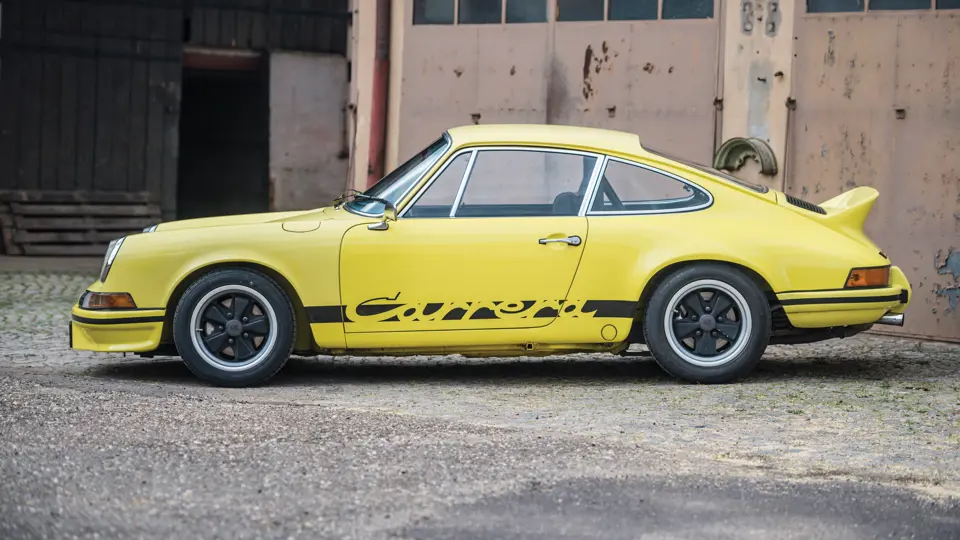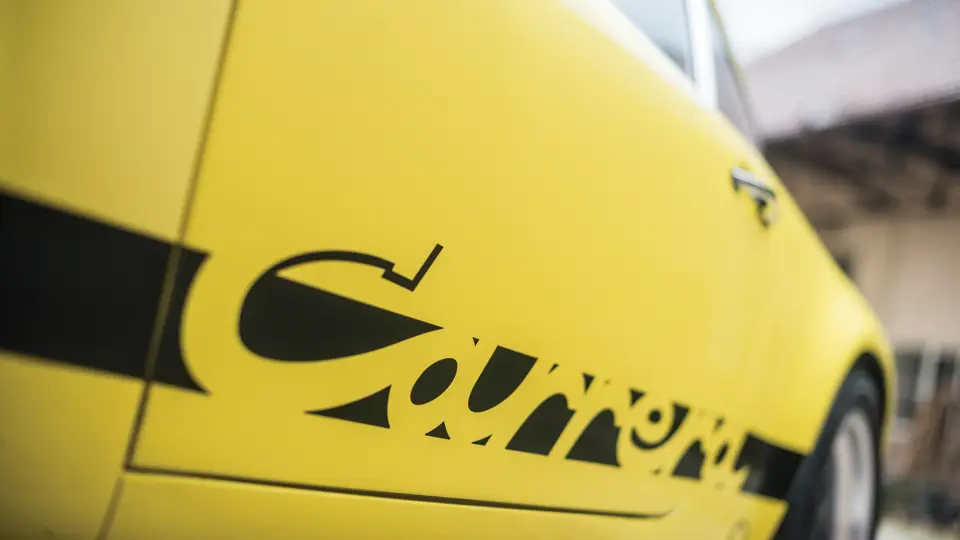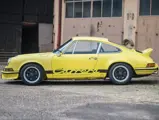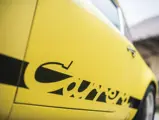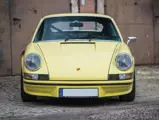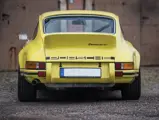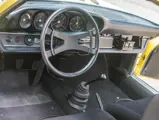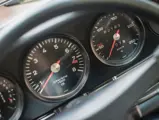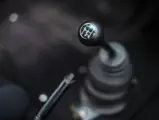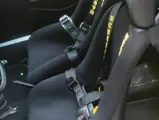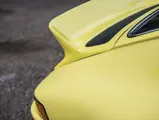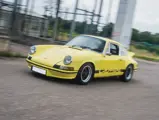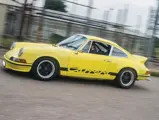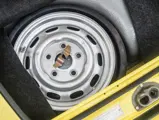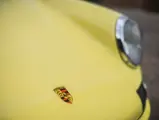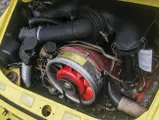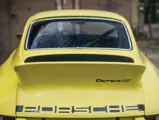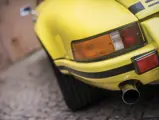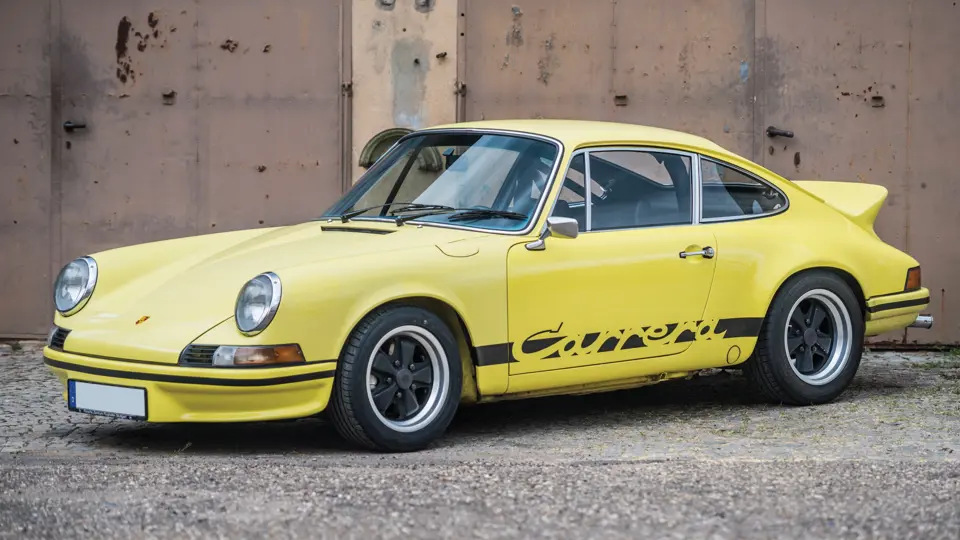
1973 Porsche 911 Carrera RS 2.7 Lightweight
{{lr.item.text}}
£224,000 GBP | Sold
{{bidding.lot.reserveStatusFormatted}}
- Offered from a private collection of exceptional Porsches
- One of just 200 M471 lightweight “Sport” versions
- Regularly serviced and maintained by Porsche
- Porsche Certificate of Authenticity
210 bhp, 2,687 cc SOHC air-cooled horizontally opposed six-cylinder engine with Bosch mechanical fuel injection, five-speed manual transmission, independent front suspension with McPherson struts, torsion bars, and anti-roll bar; independent rear suspension with transverse torsion bars, tubular shock absorbers, and anti-roll bar; and four-wheel disc brakes. Wheelbase: 2,272 mm
In the words of former factory driver Jürgen Barth, “The Carrera RS 2.7 is the basis for Porsche motorsport in the 1970s.”
On the heels of Porsche’s resounding success with its incredibly powerful 917 in prototype racing, the FIA decided to limit engines for the World Championship of Makes to more than three litres of displacement. Porsche management needed a new weapon to be drawn from its production lines, one that would not only help the public identify more closely with racing 911s, but also help recoup some of the stratospheric expenditures of the 917 program. Creating a small series of 911-based racers for the new European Group 5 Special Grand Touring category for three-litre cars was the agreed-upon goal. A minimum of 500 examples of Group 4 road-legal cars would have to be built in one year to meet regulations.
There would be an aluminium front subframe for the competition model, and the body shell would be stamped from steel only 0.7 millimetres thick, rather than the standard 1.0-millimetre production material. Thinner, lighter, and very expensive side and rear window glass was ordered from Belgian firm Glaverbel, and the engine and front lids were made of thin, balsa-reinforced fibreglass. Both the front and rear bumpers were also of fibreglass, with the front providing access to a centrally mounted auxiliary oil radiator. The rear fenders were widened to accommodate new 7-inch-wide Fuchs alloy rims.
The most important and recognisable characteristic of the RS is its “ducktail” spoiler mounted on the engine lid. Body insulation was deleted, as was almost all interior trim. Superfluous hardware was eliminated, including rear seats, reclining front seats, a glovebox door, a clock, the passenger sun visor, the inside door handles, and armrests. The door latches were operated by pull-straps, and simple plastic door-pulls replaced the originals. All of this careful attention to saving weight trimmed the dry weight to a mere 2,150 pounds (975 kilograms).
The 911’s magnesium-cased 2.4-litre S engine was enlarged to give a displacement of 2,681 cubic centimetres (Type 911/83). Its thin-walled cylinder barrels were coated with a new product called Nikasil, which was a low-friction nickel-silicon carbide material that allowed the aluminium pistons to be used directly in aluminium barrels without the need for iron liners. With 8.5:1 compression and Bosch mechanical fuel injection, this engine delivered a reliable 210 brake horsepower at 6,300 rpm, which was some 30 more than the 911 S, and it also saw a big increase in torque to 202 foot-pounds at 5,100 rpm. The 911’s five-speed transaxle was fitted with taller fourth and fifth gears, giving a top speed of about 150 mph (244 km/h).
By the time the car was formally introduced at the 1972 Paris Auto Show, the initial production run of 500 units had already sold out within a week, to the surprise and delight of Porsche’s directors. A second 500-unit production run was quickly approved, and eventually 1,080 were constructed. Most of this second series was comprised of Touring versions (option code M472), which used standard-thickness sheet metal and glass, a steel rear bumper, a single battery, and most of the 911 S’s road equipment and comfort trim items.
The lightweight RS 2.7 offered here was sold new to its first owner, Josef Pütz, in June 1973. The Porsche was then acquired by Dr Reinhard Wolfgang Jacobi on 23 August 1984. At the time, the car is noted as having been driven 38,000 kilometres. He then proceeded to restore the car, beginning in the following May of 1985. It is believed that the original engine and gearbox were replaced during restoration, as the RS currently sports an unstamped engine block and replacement transmission. Though it is unclear when the restoration was completed, Dr Jacobi reregistered the Porsche 10 years later in January 1995.
In 2000, the Carrera RS was acquired by the current owner, an avid collector of limited-production Porsches. It has since been properly maintained in his collection and regularly serviced by Porsche Zentrum Flughafen Stuttgart, receipts for which are included on file. Recently driven by an RM Sotheby’s car specialist, he notes that the Porsche drives and handles exceptionally well, as nicely as any RS 2.7 he has had the pleasure of driving.
As the 911 has endured through to present-day production, it is clear that there will always be a special place in Porsche history for this first competition-based homologation model. The Carrera RS 2.7 is undoubtedly the most iconic model of air-cooled 911s. Furthermore, the RS Lightweights are truly “race cars for the street” and are considered by many to be the most desirable of their breed and nothing short of legendary.




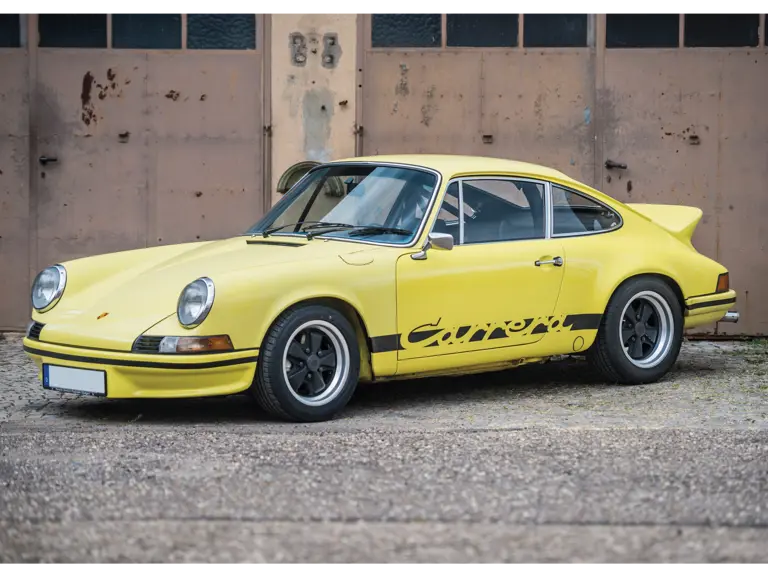
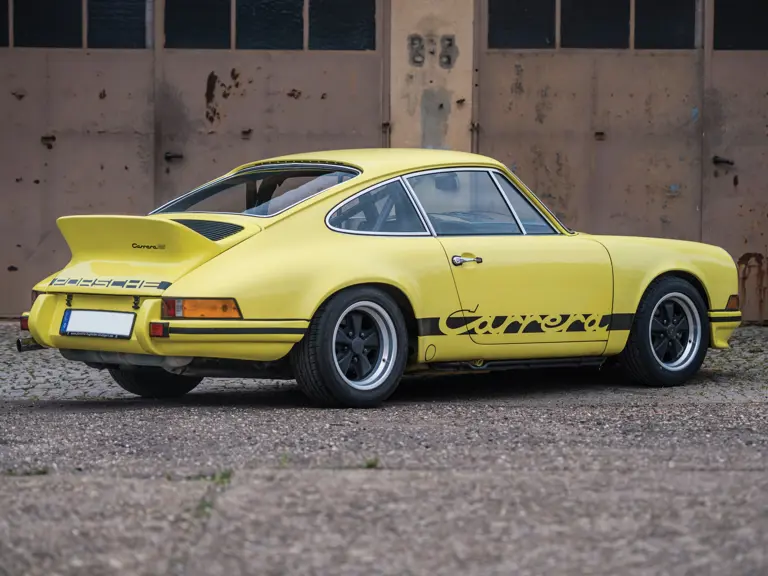
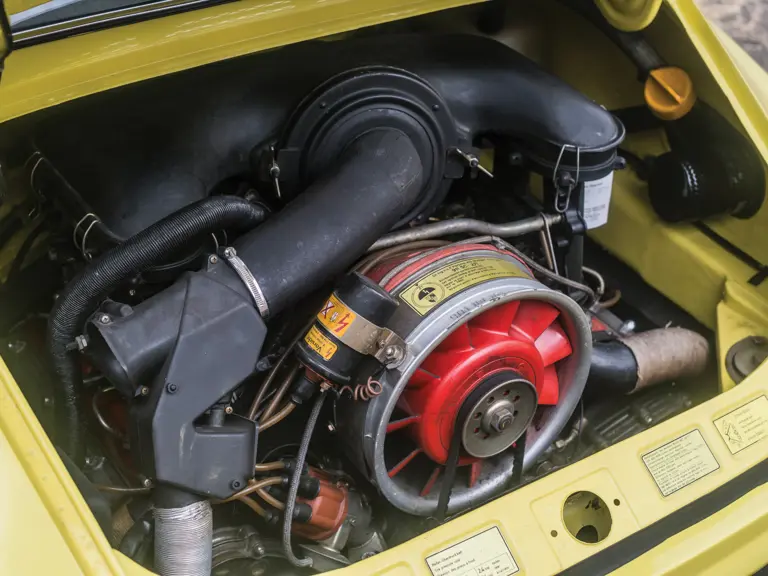
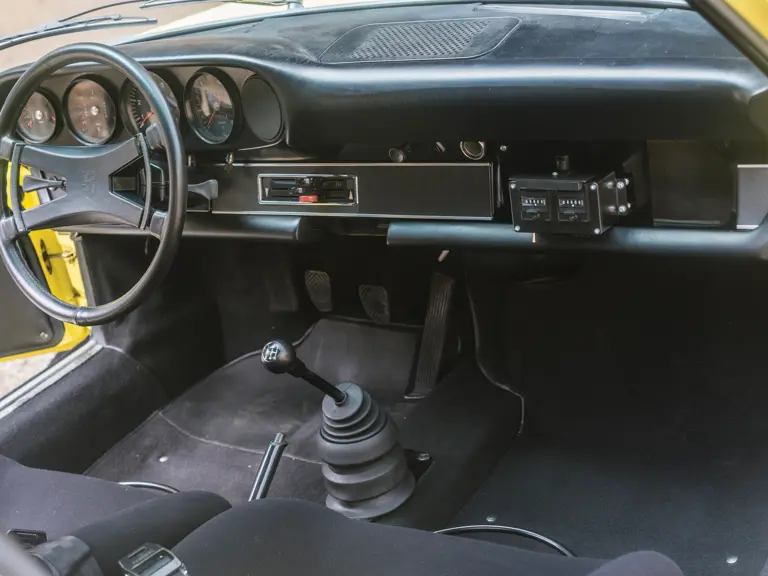
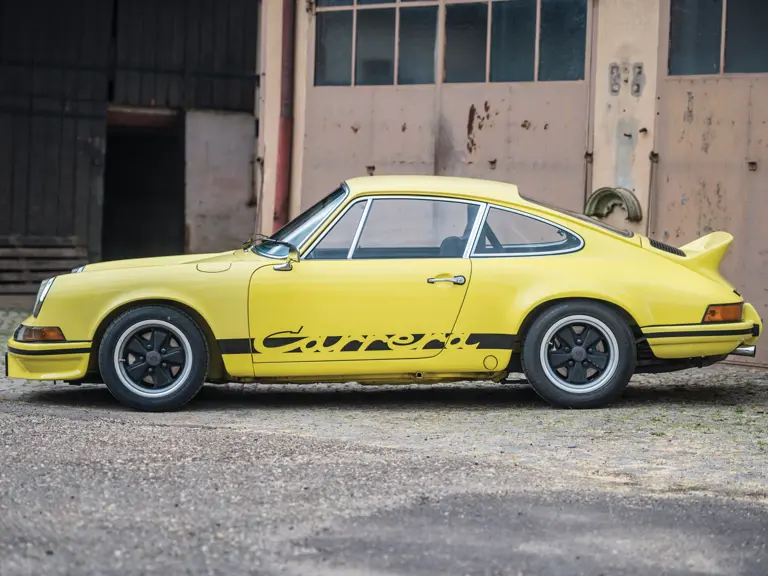
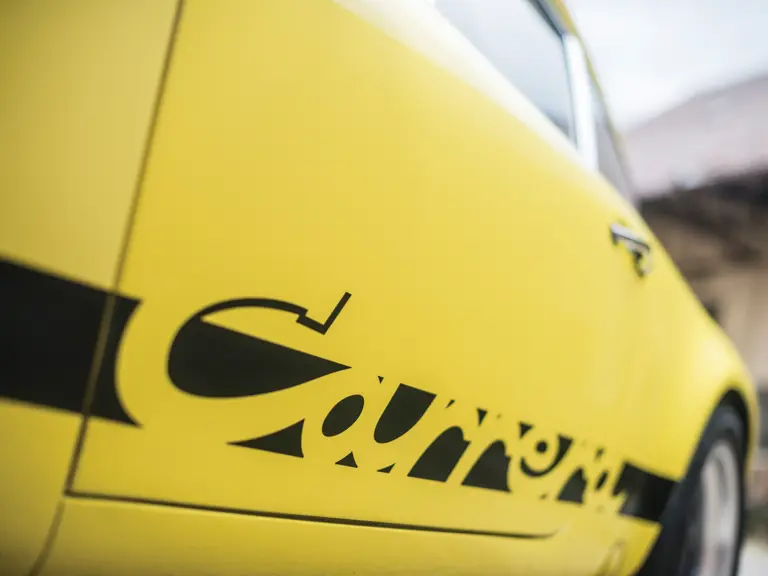
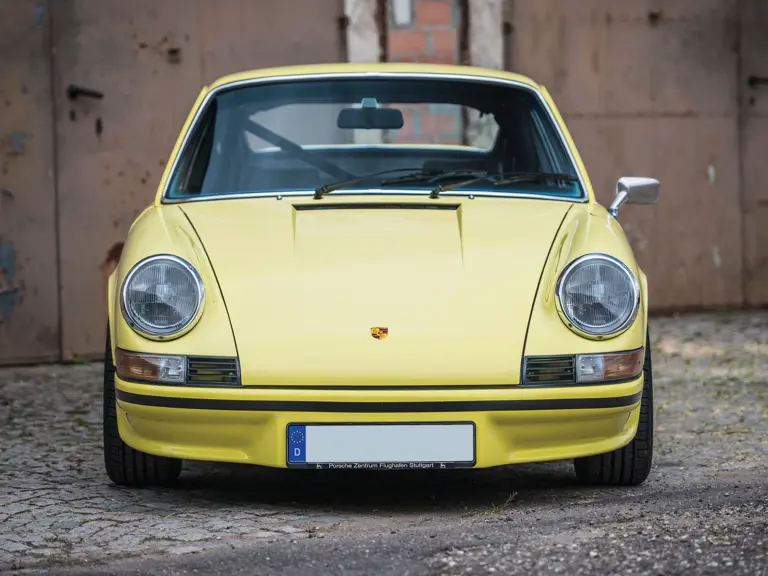
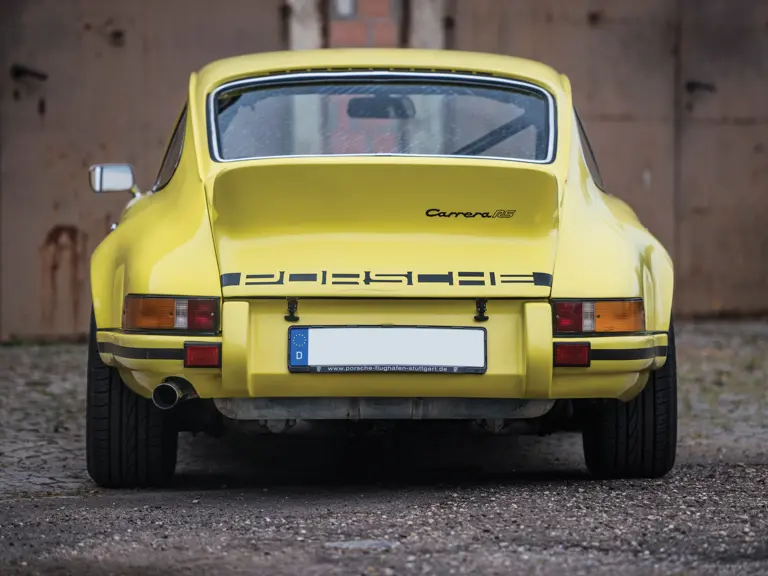
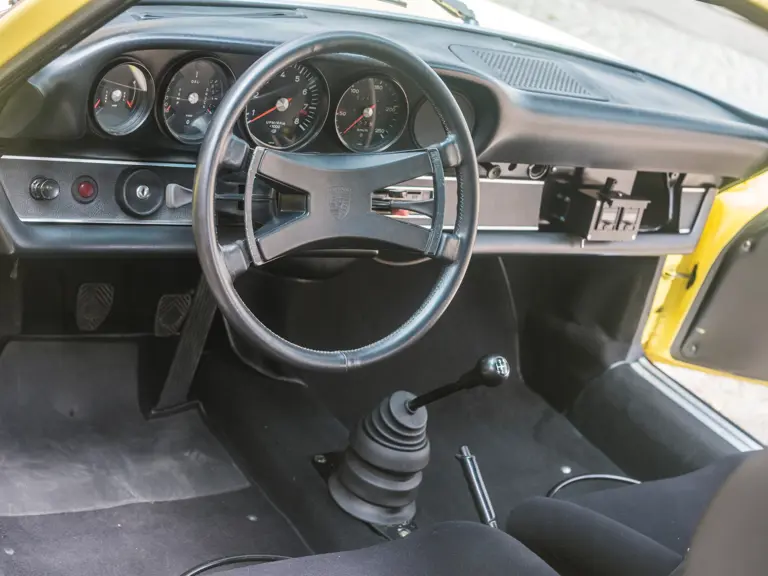
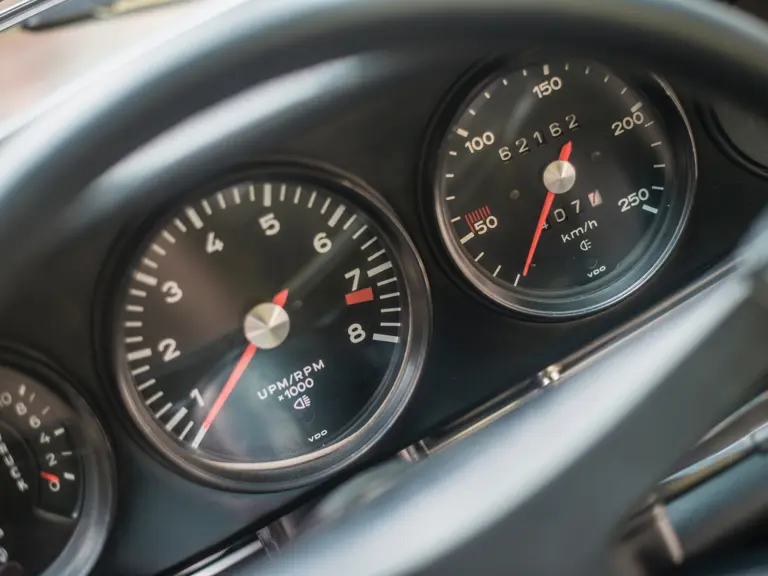
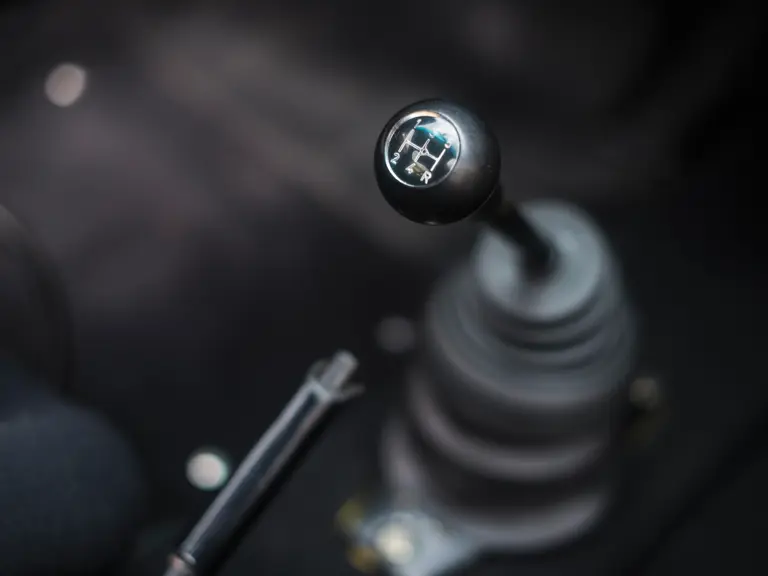

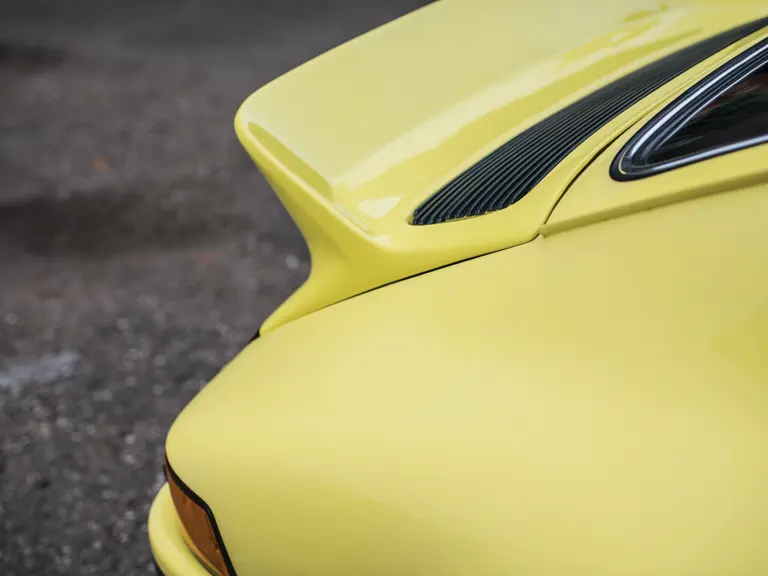
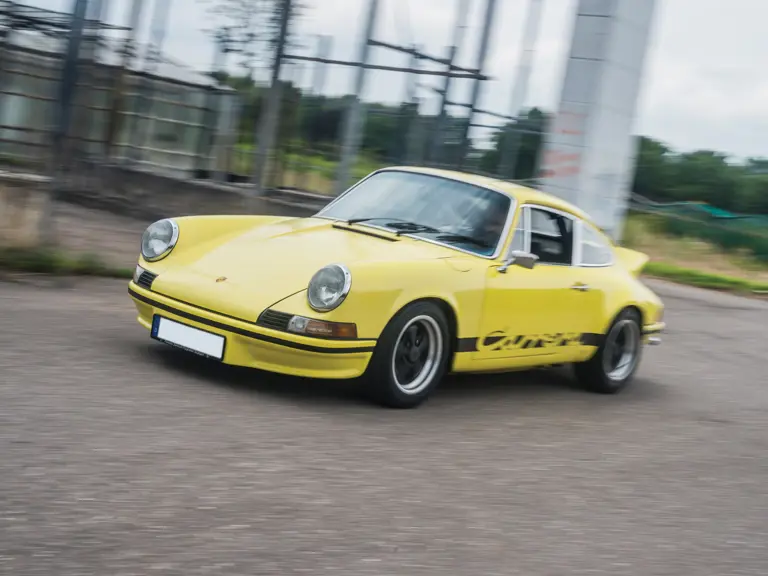
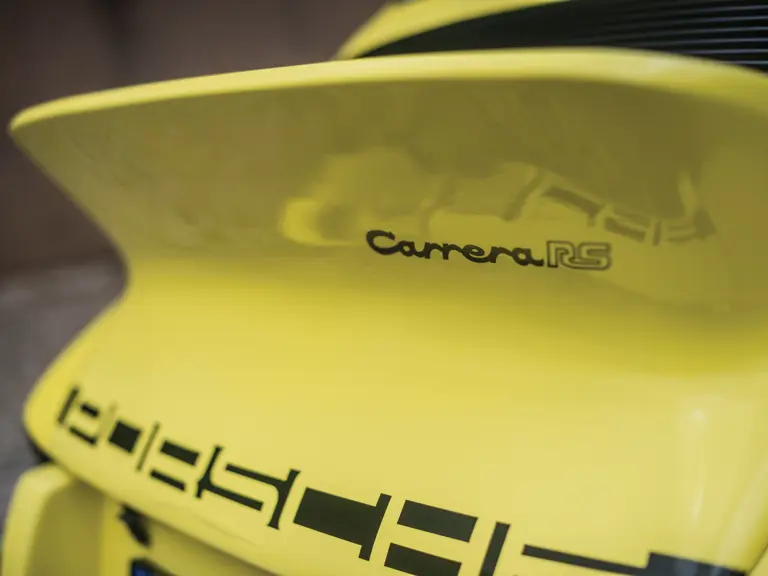
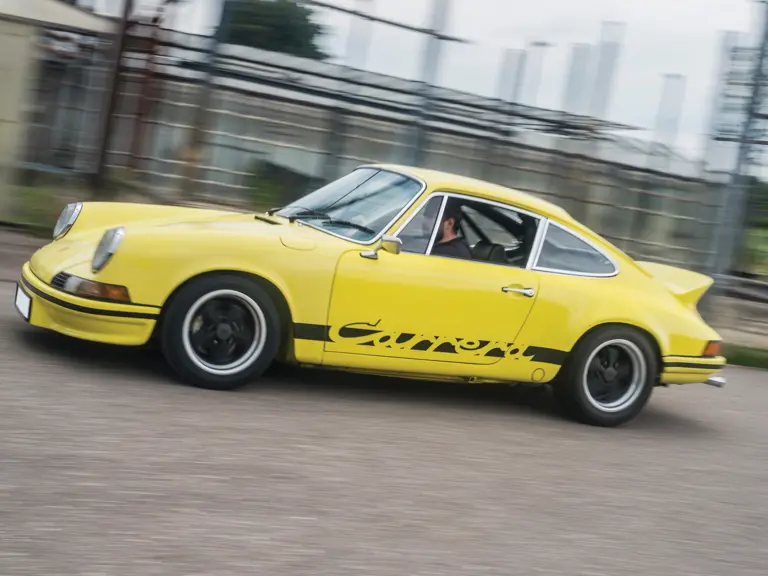
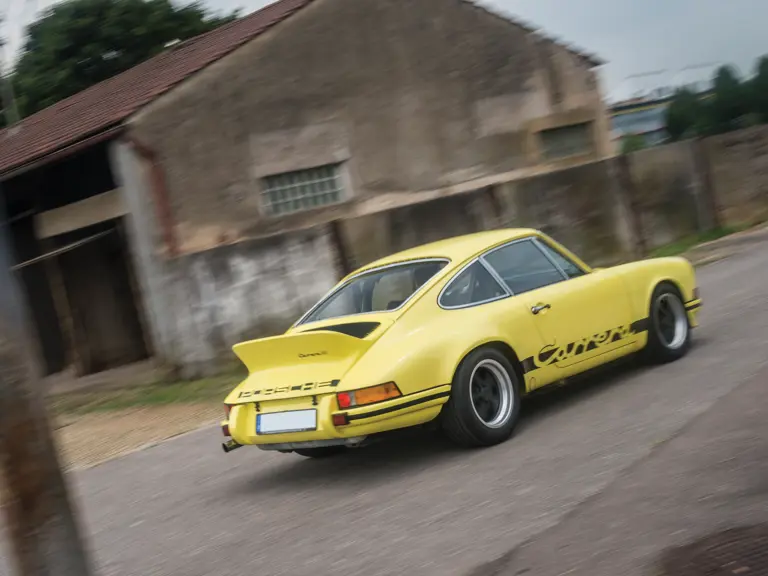
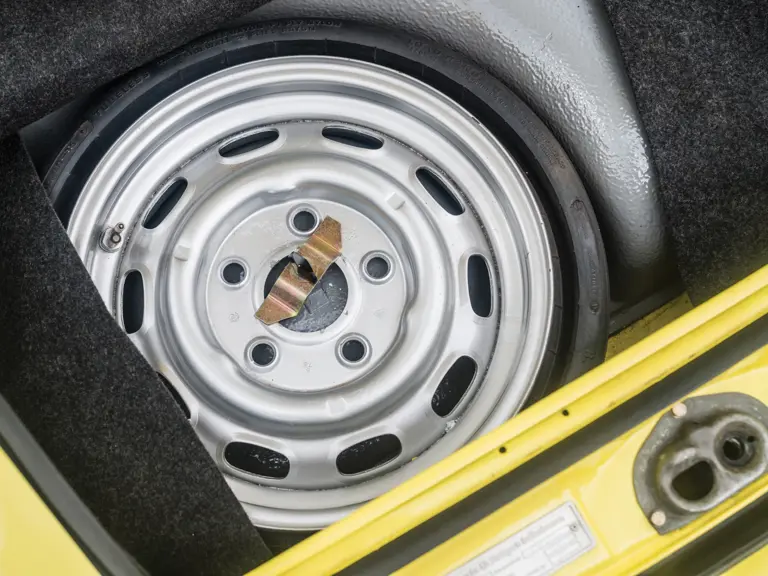


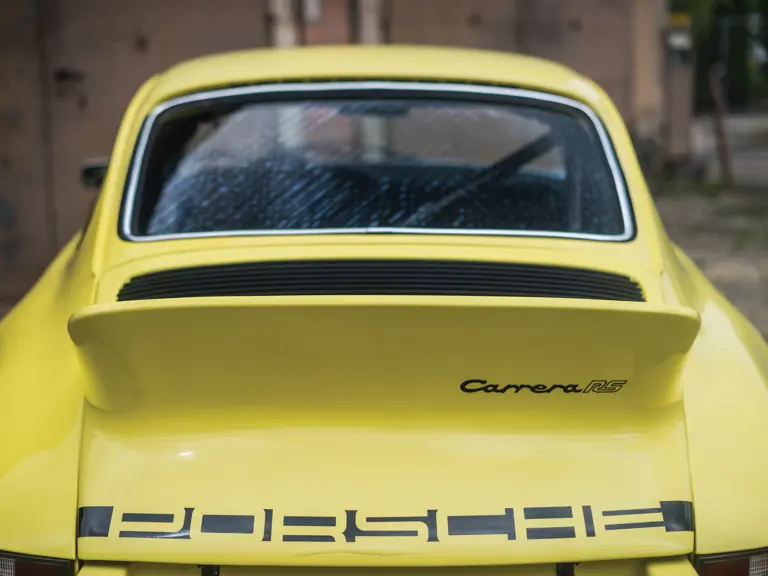
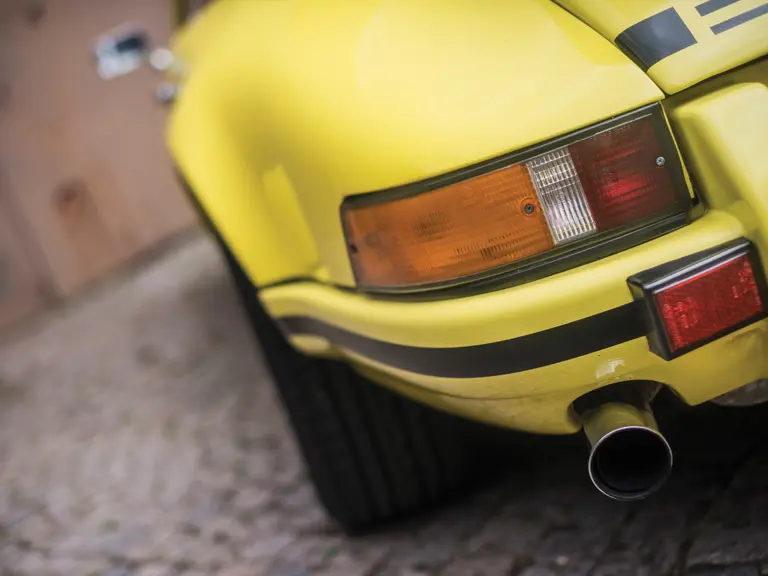


 | London, United Kingdom
| London, United Kingdom
